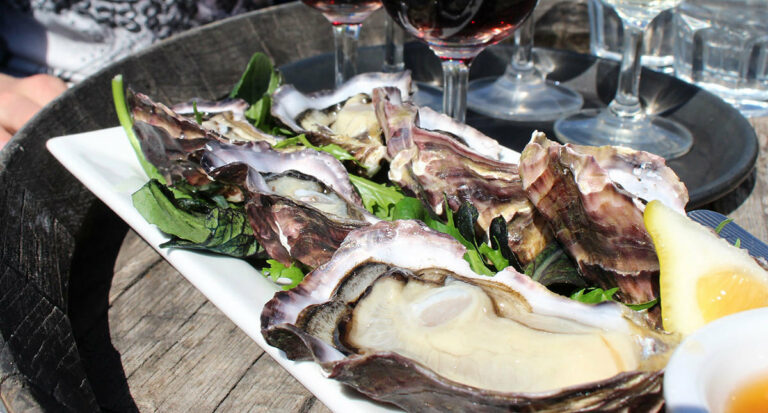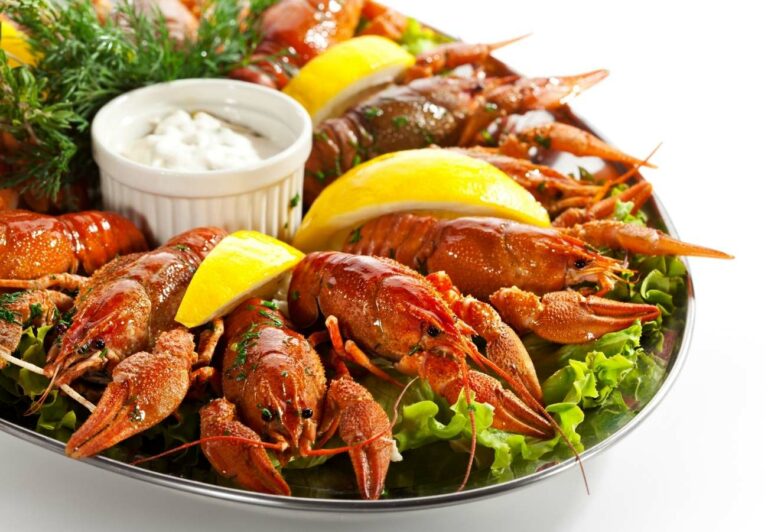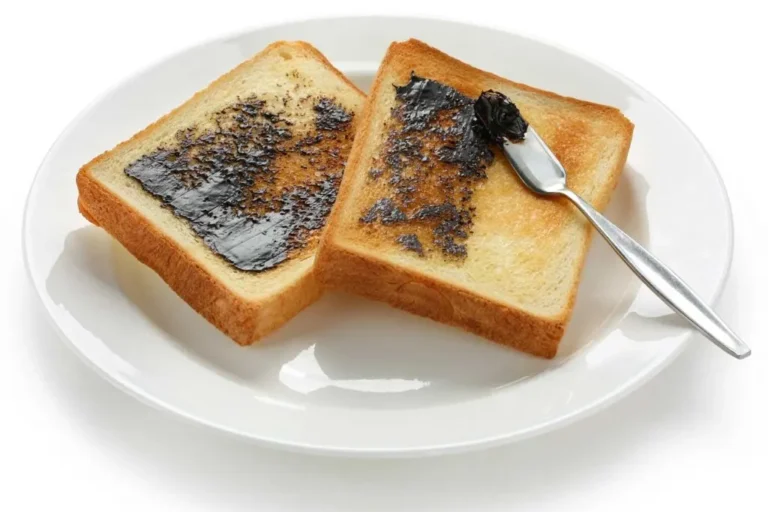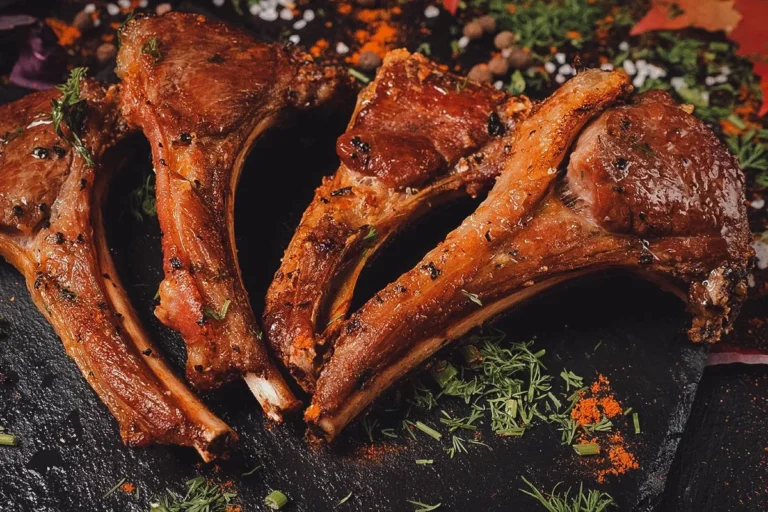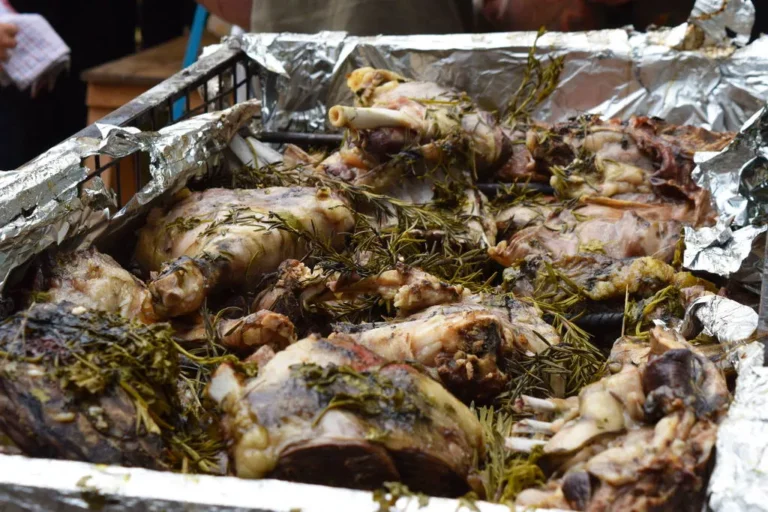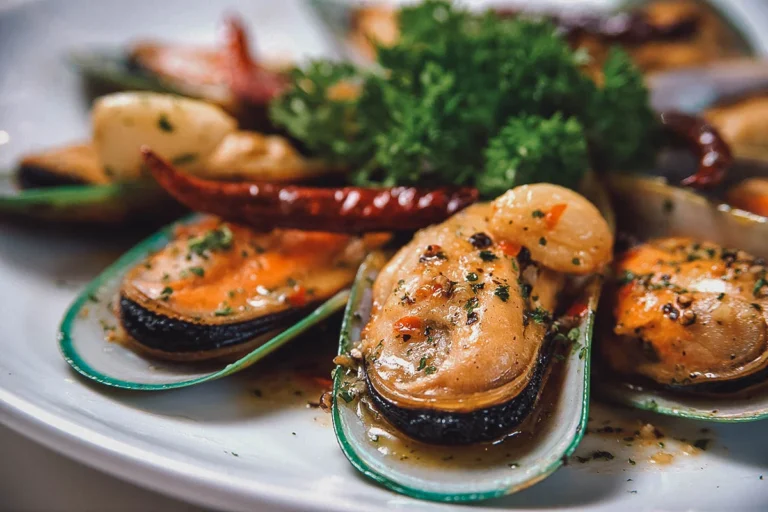Introduction: Beverages in New Zealand
New Zealanders are known for their love of food and drink, and their beverages are no exception. From traditional Maori beverages to modern coffee shops, there are plenty of options to satisfy any thirst. In this article, we’ll explore the most popular beverages in New Zealand, both non-alcoholic and alcoholic, as well as some unique and lesser-known options.
The most popular non-alcoholic drinks in NZ
Water is the most common drink in New Zealand, but in terms of non-alcoholic beverages, tea and coffee are the top choices. Tea is typically consumed in the morning and afternoon, while coffee is a popular pick-me-up throughout the day. New Zealanders also enjoy a range of fruit juices, soft drinks, and sports drinks. L&P, a lemon-flavored soda, is a favorite among locals and is often referred to as the “national soft drink.”
The top-selling alcoholic beverages in NZ
Beer is the most consumed alcoholic beverage in New Zealand, with lager being the most popular type. Sauvignon blanc is the most popular wine, and New Zealand is known for producing high-quality wine. In recent years, craft beer has also become increasingly popular among locals, with a range of breweries popping up around the country. New Zealanders also enjoy spirits such as whiskey, gin, and rum.
Traditional Maori drinks and their popularity
Kawakawa tea, made from the leaves of the kawakawa plant, is a traditional Maori beverage that has gained popularity in recent years. It is said to have medicinal properties and is often used to treat ailments such as stomach aches and colds. Another traditional Maori drink is kava, which is made from the roots of the kava plant and is said to have a calming effect. It is often consumed during social gatherings and ceremonies.
Popular coffee and tea options in NZ
Flat white is the most popular coffee drink in New Zealand, and it is believed to have originated in the country. It is similar to a latte but has less milk, resulting in a stronger coffee flavor. Tea is also popular, with English Breakfast and Earl Grey being the most common types. Herbal teas and green teas are also becoming increasingly popular in New Zealand.
Unique and lesser-known NZ beverage choices
New Zealand is known for its love of craft beverages, and there are plenty of unique and lesser-known options to try. Manuka honey mead is a popular choice, and it is made from honey and water fermented with yeast. Feijoa cider is another popular option, made from the feijoa fruit. Horopito beer, made with a native New Zealand plant, is also worth a try for those looking for something different.


